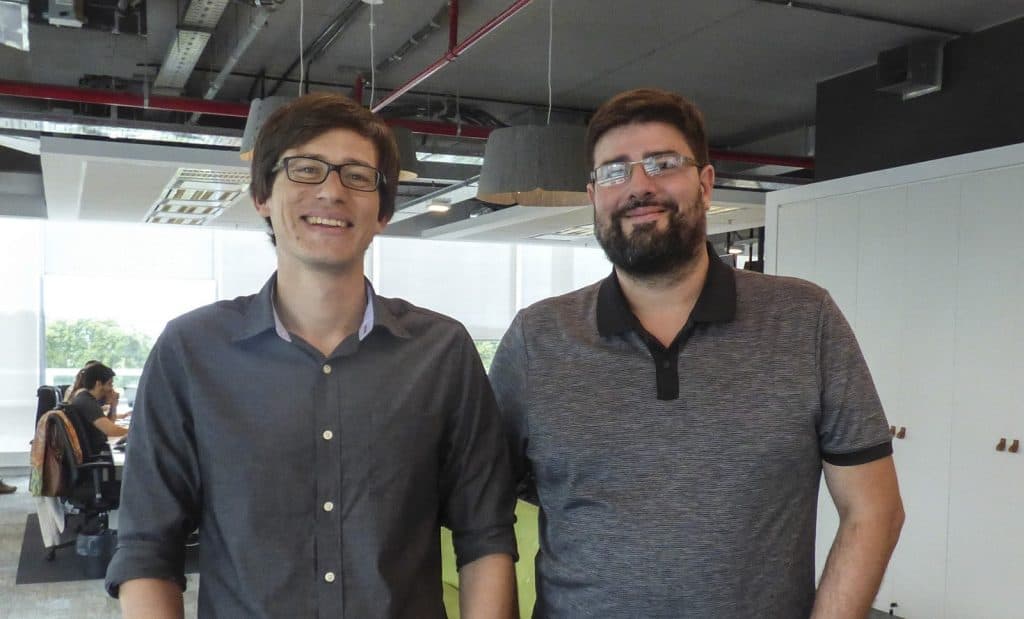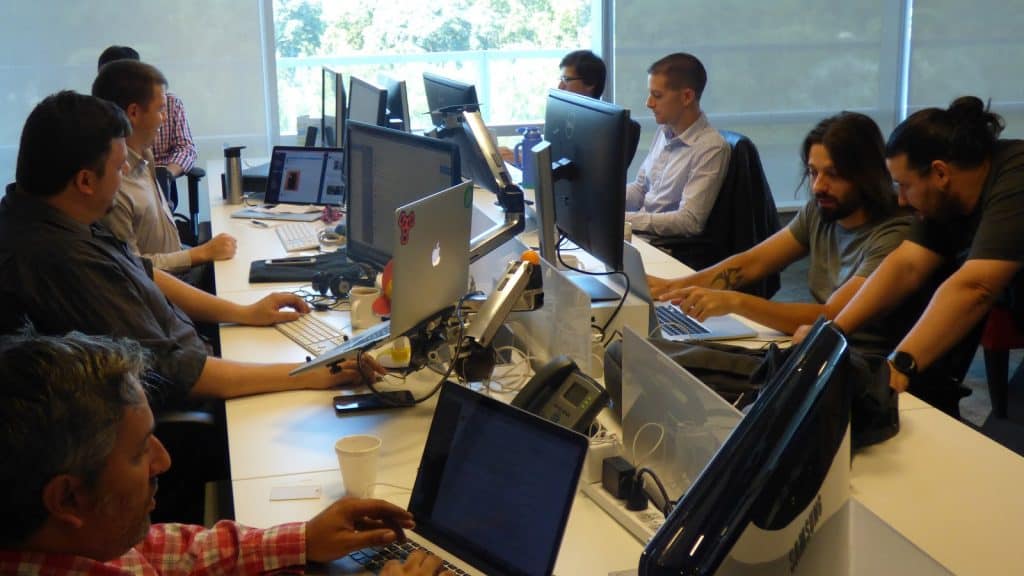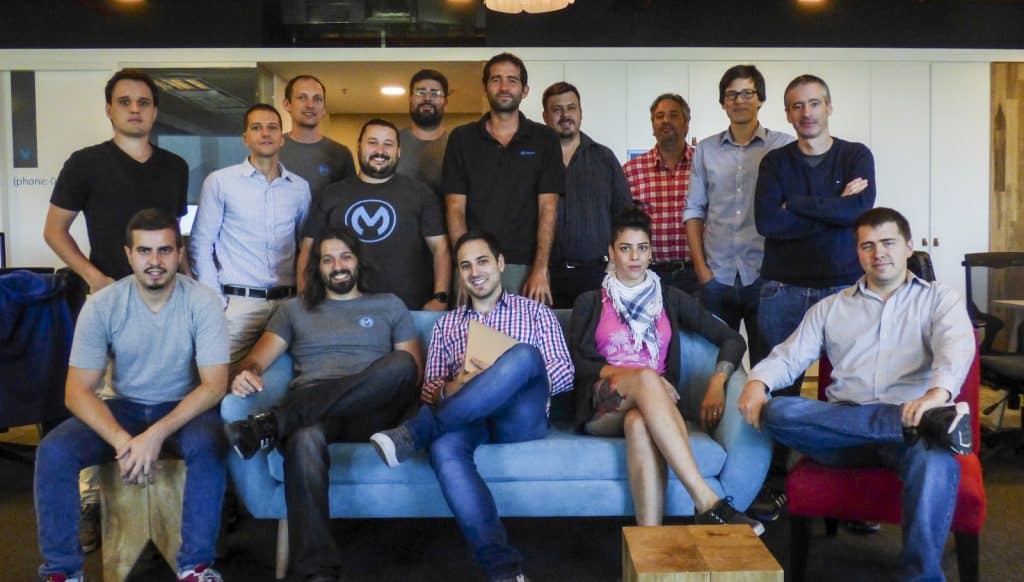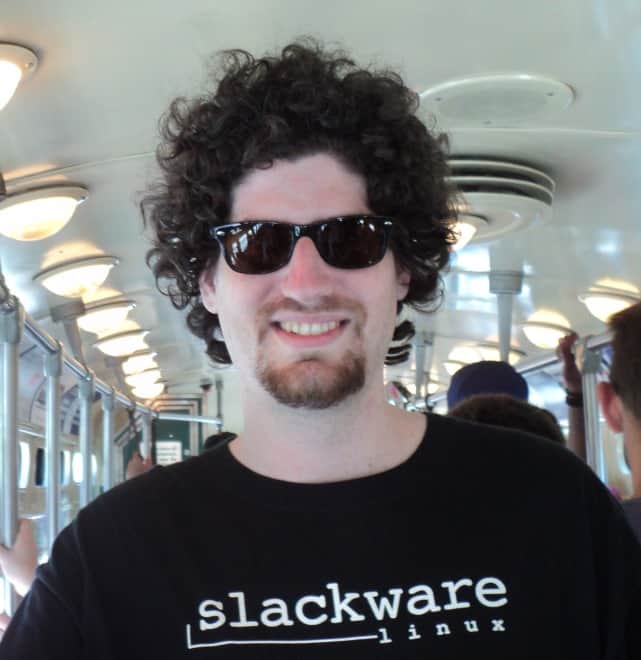In traditional Support teams, a Support Engineer usually receives cases from the customer, tries to troubleshoot them and if they cannot solve the issues by themselves, they escalate it to the product team. At MuleSoft we decided to build the team in a completely different way —composed of professionals with backgrounds in software development, testing, and infrastructure.
“None of the members of Support had actually worked in a support role before MuleSoft.”

Martín Monsalvo and Germán Solis are the managers of the Support team, operating from the Buenos Aires office.
“We look for smart professionals that can get a sense of where the problem might be almost instantaneously,” Martín says. “That kind of logical thinking is something that you can exercise but you also have to have the knack for fixing things.”
People on the Support team typically have development and systems administration backgrounds, but the most important skill is the ability to troubleshoot and learn new things. There are many technologies you need to master in this role, specially Java, HTTP, REST APIs and a good understanding of infrastructure, networking, Linux, Docker and Kubernetes.
How Support works at MuleSoft
Support partners with the customer by engaging and enabling throughout the customer journey, providing timely and meaningful value in every interaction.
The team is distributed across regions, with the largest team in Buenos Aires, a global team leader and a small team in San Francisco, and Sydney and London so that we can provide service 24/7.
Support sits in the center of Engineering, Product, Services, Presales, and Field teams, which allows the team to easily and effectively provide feedback directly from customers about issues, new use cases, and feature requests.

“There is no place for keeping still.”
Within the team there are many roles that cover different areas of the support specter; a Support Product Specialist is the voice of the customer before the Product team while a Cloud Platform Support Engineer is more focused on infrastructure and networking.
“You are in constant contact with new technologies, so you are learning all of the time. There is no place for keeping still.”
The team in Buenos Aires maintains the technical leadership and remains the biggest operation, since it’s the closest one to our largest Engineering department.
“When I first joined joined MuleSoft 4 years ago, the landscape was completely different. At that time there were only 4 applications for us to support. Now the company has several products -plus a library of over 150 connectors-.” Martín remembers.
What Germán likes the most about the Support organization is the scale: “In few other companies you will have the opportunity to learn so much about so many different things just because the magnitude of the customers and the volumes of data, transactions and architecture they have.”

New times bring also new paradigms and both have seen, lived and supported the transition from SOA to REST APIs, which is still happening for some new customers. “What you learn here in a year, you won’t learn it in other companies in 10”, both agree.
Another important thing for them is the impact and the sense of accomplishment they get whenever they close a support case. “You don’t have to wait until the code is reviewed, committed and packaged for the next release. You just fixed something and you can see the impact of what you did right there.”
So if you like working in a challenging environment, playing around with all kinds of technologies on a global team that supports the top companies around the world, we are hiring. 🙂









